Topics:
Never Miss a Beat - Get Updates Direct to Your Inbox
FILTER:
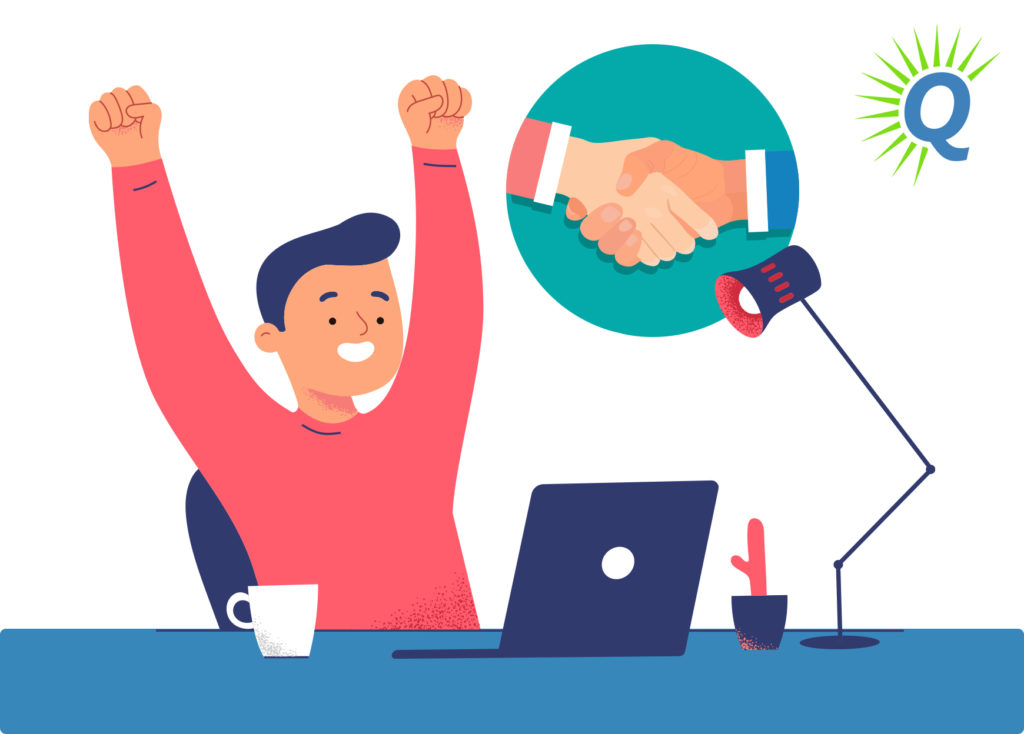

Sell Your SaaS Business for the Best Price
By Quiet Light
Twenty years ago, the prospect of starting and selling a Software as a Service (SaaS) business was a mere pipe dream for most entrepreneurs. At that time, the technology infrastructure to support such companies simply didn’t exist, and the idea of selling your SaaS business wasn’t one that most owners seriously considered.
Since then, resources and opportunities for SaaS entrepreneurs have proliferated dramatically. This allows people everywhere to access many of the same technologies that power the world’s most successful companies. Due to the numerous benefits of owning a SaaS business, the market has continued to grow rapidly year over year with no signs of slowing down.


If you’re one of the industrious entrepreneurs who has capitalized on this enormous opportunity of our time, you may have found yourself considering the idea of selling your SaaS business. Bootstrapping and growing a new business is certainly a rewarding endeavor. However, there are also other opportunities that become possible after exit.
Given the significance of the decision to sell, it’s important to ask yourself critical questions to understand if it’s the right choice for you and your goals. If the answer is yes, the next step becomes clear. Figure out what you need to do to sell for the best price. Then, find the right buyer who will competently lead your business forward. This article provides a roadmap for navigating this process.
Thinking of Selling Your Business?
Get a free, individually-tailored valuation and business-readiness assessment. Sell when you're ready. Not a minute before.
Reasons to Sell Your SaaS Business
There are numerous reasons that you may want to consider selling your SaaS business. Some of the more common ones include:
- The business’s needs have grown to exceed your capabilities.
- You want to pursue other opportunities.
- You want to diversify your investments.
- Your financial strategy is best served by letting your business go.
Being Honest with Yourself About Your Capabilities
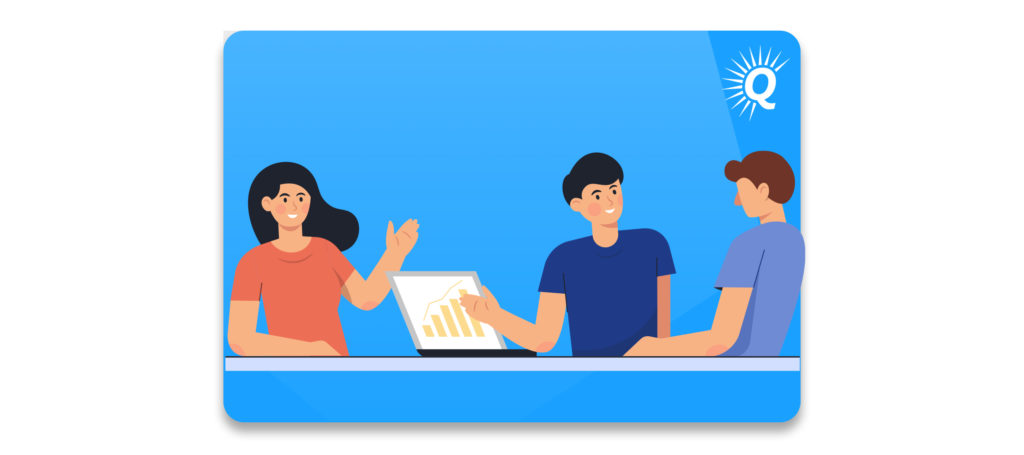

Some entrepreneurs will be up for the task of adapting to the changing requirements of their business as it grows. In fact, some owners are actually better suited to those responsibilities compared to those at the initial founding stages. For such owners, holding onto their business and leading it into the future can be a great choice.
On the other hand, other entrepreneurs either don’t enjoy or aren’t able to satisfy their business’s evolving needs. Just because someone might be brilliant with market research, product design, and branding, doesn’t mean they know how to build a large workforce, create complex management systems, or navigate a changing market landscape.


Therefore, it’s essential that owners are honest with themselves about their capabilities to lead their business in the next chapter of growth. This involves more than just business judgement—it involves putting the ego aside and being truthful about one’s strengths and weaknesses.
The Complexity of Growth
There are a few common areas that become increasingly complex within many SaaS businesses as they grow, including:
- Managing software pivots and integrations.
- Hiring and managing staff.
- Adapting to changes in the market.
One area that can become more complicated as a SaaS company grows is managing its integrations and technology components. At the early stages, it’s not uncommon for a SaaS business to enjoy relatively simple technology demands. This is especially true during the MVP (minimum viable product) stage.
As your SaaS business grows, you often need to integrate it with other software services, apps, and technologies. Sometimes, these integrations can require substantial changes to the business’s existing software. If you find yourself facing such a situation and are unable to adequately lead your company through such a transition, it may be best to sell to someone who is in the market for SaaS company purchases.
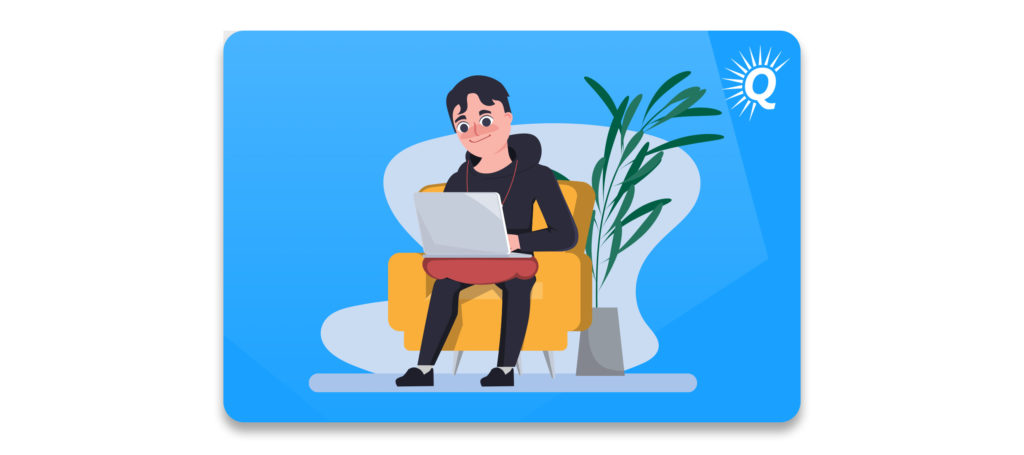

Most growing businesses require additional staff. This introduces the need to make effective hiring decisions. Similarly, you need to implement management, payroll, and other processes to support a growing team.
Some entrepreneurs will welcome the responsibility to manage a team. Others will feel overwhelmed and unprepared for such a shift in their leadership role. After all, designing a new SaaS product in solitude in your home office is a much different activity than interviewing employees and managing others’ work. If you’re not up for the task of managing a larger team, it might be wise to consider selling.
Adapting to Changes in the Market
Selling your business opens up other opportunities
Owning a business can require a significant amount of time, energy, and financial investment. As with all things in life, there is an opportunity cost of running your own SaaS business.
What Are You Interested in Pursuing?
It’s important to be honest with yourself about your ability to lead your growing business. Similarly, it’s essential to make thoughtful decisions about how you want to invest your resources.
A few opportunities that can result from selling your business include:
- The ability to take on other business ventures.
- Time and energy to pursue new skills, education, or a career path.
- Lifestyle flexibility.
- Capital to invest in other projects or in your personal life.
Letting go of one business often means you gain the opportunity to dedicate yourself to another. Perhaps, your interests have shifted and you’re no longer passionate about the company you started. Or, maybe you want to pursue another business model that feels more exciting to explore.
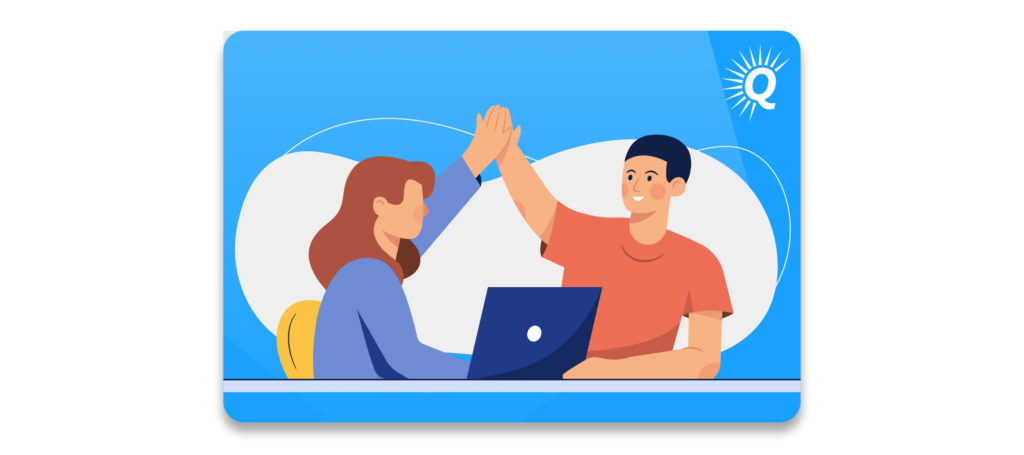

Entrepreneurs are generally creative and curious by nature. Therefore, it’s not uncommon to want to move onto another venture once your existing business is off the ground. In fact, many owners feel most alive and excited during the bootstrapping stage when the foundation is being set. If that sounds like you, then letting go of our current SaaS business could be a great way to create space for a fresh start with a new company.
Similarly, selling your business can also allow you to pursue new skills, education opportunities, or even a career path. It’s important to recognize that the decision to sell a business is much more than a business decision. It’s a life decision that is intimately connected with your purpose, passions, and family life.
Considering Your Options
Some former owners end up deciding to go back to school and pursue a different career. Others, spark up interest in a different industry and go off to learn new skills for that path. And some choose to create a complete shift in their lifestyle and priorities.
Selling a business can free up time and resources to start another company. It can also provide the opportunity to pursue other life interests. Traveling or spending more time with family aren’t uncommon reasons to sell a business.
Another crucial consideration is the financial implications that an exit entails.
Selling creates the opportunity to diversify your investments
You may feel highly confident in the trajectory of your SaaS business. However, no one can deny the risks of having the majority of your net worth wrapped up in a single business.
Diversifying Your Investments
By nature, businesses are less stable than many other kinds of investments. Therefore, there comes a point when many owners want to diversify their investments and minimize their downside risk.
There are lots of investment opportunities that become available when you decide to sell your business. Some decide to invest heavily in more traditional investments such as index funds. Stock options, and bonds are also possibilities. Others, choose to become angel investors. Of course, there are limitless possibilities for equity allocation once you’ve cashed out of your business.
The funds you receive through selling your business can also create opportunities for personal purchases such as a home. If selling your business means that you’ll be able to buy a house for yourself and your family, that could be a perfectly good reason to let it go.
Ways to Sell Your SaaS Business
Once you’ve decided to sell your SaaS business, it’s time to answer the next important question: how exactly do you want to go about that process?
Some owners decide to sell their business on their own and end up having positive experiences. The clear benefit of choosing to go this route is that you don’t have to pay broker’s fees. If your business is worth less than $100,000, selling your business on your own may not be a bad idea.
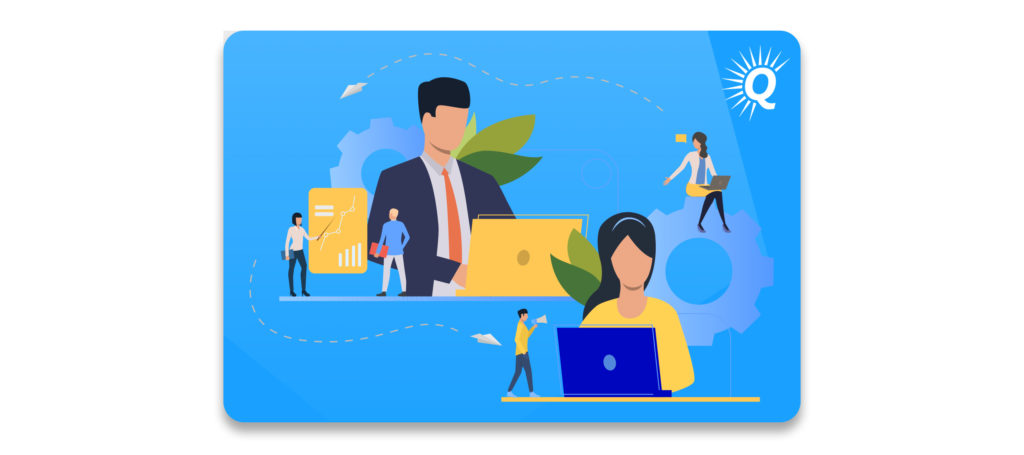

Sellers who work with an advisor often can sell at a higher purchase price and with more favorable terms.
The stakes are obviously much lower with less valuable businesses. However, they could still be substantial relative to your total net worth. For example, if you receive 20% below market value on a business worth $100,000, you’ll receive about $20,000 less than your asset is really worth. If the same percent discount applies on a million-dollar business, you’ll be out about $200,000 compared to the true value of your business. This is not an unrealistic discount that a solo seller may experience compared to one who works with an advisor.
Working with a Business Advisor
Qualified business advisors can provide numerous benefits for sellers, including:
- Access to more customers, resulting in greater value.
- Presenting a more compelling story.
- Implementing strategies to increase the value of the business before going to market.
- More favorable deal terms.
- An accurate valuation leading to a more successful outcome.
- Support through the due diligence process.
- Confidentiality and information containment.
- Reducing emotional fatigue.
- An increase in the overall success rate.
Working with an advisor means that you have immediate access to their network of qualified buyers. Instead of trying to dig up your own prospects, you can trust your advisor to provide a list of interested buyers eager to speak with you.
Access to Qualified Buyers
Listing your business with a respected advisor allows you to borrow their credibility and instill trust in buyers. That’s pretty difficult to match on your own.
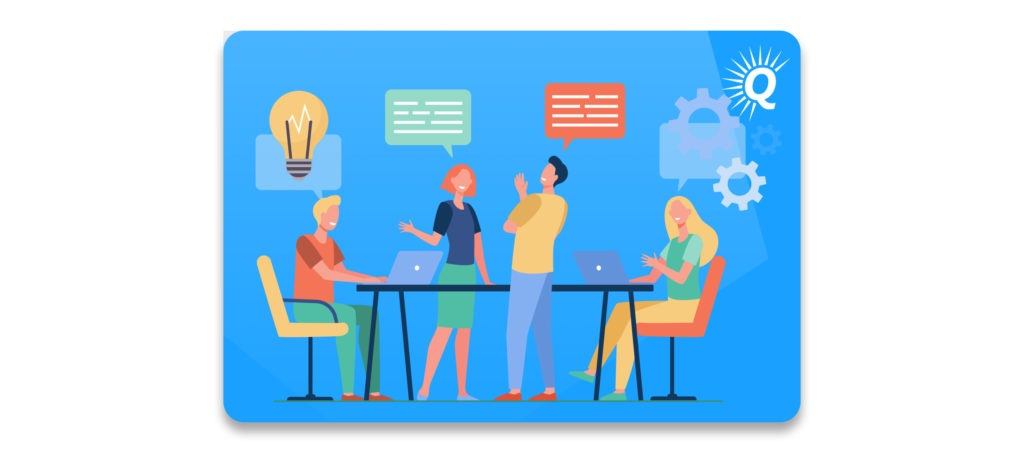

The increased exposure and credibility of working with an advisor results in more qualified prospects. There are generally more interested as well. Of course, this typically leads to more demand and a higher purchase price for you as the seller.
Experienced advisors also know what buyers are looking for in potential SaaS business acquisitions. Therefore, they’re able to help you craft the best possible story of your company in order to present the elements that will matter most to those who are in the market.
Having a compelling story is essential to a high valuation multiple and receiving what your business is truly worth. With an effective marketing package, you’ll be in a much better position to experience a successful exit.
Preparing to Sell Your SaaS Business for the Best Price
The process of selling your SaaS business starts long before you list it for sale.
Selling your business for its maximum value usually requires a bit of forethought and planning. If you speak with an advisor twelve or even twenty-four months before selling, you’ll know exactly what you need to do to ensure that it’s well-received by the market.
In some cases, an advisor may tell you that it would be helpful to reduce your churn rate, increase your content marketing, add a social media presence, expand your SaaS marketing efforts, or simply improve your documentation practices. With the right approach, an advisor can help you to reduce your business’s weaknesses and capitalize on its strengths.
Negotiating
The next crucial area an advisor can help with is the negotiation process. Even if you’re a brilliant SaaS marketer or have been a successful sales rep in the past, it’s likely that you’ve never negotiated the sale of an asset that is nearly as valuable or complicated as your own business.
Experienced advisors have looked at hundreds of deals and know exactly what is a great deal for a seller and what is not. More than likely, if you’re going into the negotiation process by yourself without much experience, questions will pop up about what you should and should not accept.
When is a holdback, equity rollover, earnout, or owner financing appropriate? With an advisor by your side, you see every deal structure or offer that a buyer may propose with clarity and expertise. Not to mention, it can be extremely helpful to have the opinion of someone who isn’t as emotionally invested in the process as you are.
The Importance of an Accurate Valuation When Selling Your SaaS Business
Just as an advisor can help clarify favorable deal terms and provide guidance in the negotiation process, they can also contribute years of industry experience to deliver an accurate and informed valuation of your SaaS business.
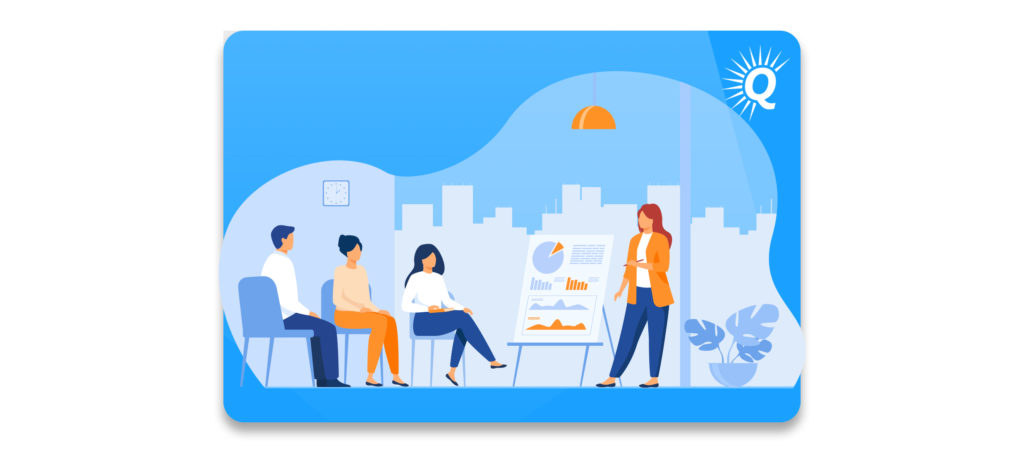


Although some sellers are quick to draw conclusions about the value of their business based on their earnings and a theoretical multiple, the truth is, there are a multitude of variables that all greatly influence the valuation of a business.
An advisor will take a close look at your business and carefully consider each element. The SaaS sales model, sales cycle, churn rate, growth rate, channel diversity, market environment, recent deal history, and many other factors all have their place in the valuation process. Since businesses are typically worth quite a lot, even a slightly undervaluing could cost the seller tens or hundreds of thousands of dollars.
Navigating Due Diligence When Selling Your SaaS Business
After a price is set and you receive an offer, sellers and buyers enter the due diligence process. Although this occurs largely between the two parties, advisors can provide valuable support to questions or concerns that arise.
It’s not uncommon for a buyer to request a discount due to discoveries uncovered during due diligence. Sometimes, these requests are reasonable and the seller is wise to comply. At other times, buyers are simply trying to reduce the price without substantial reasoning. Knowing how to discern between reasonable and unreasonable discount requests is crucial to not getting taken advantage of.
Maintaining Confidentiality When Selling Your SaaS Business
Another important factor to consider is confidentiality and information containment. If you’re selling your business on your own, it’s likely that there are very few safeguards in place to protect your or your business’s information. Not only is your business name listed for sale, but buyers often have an easy time finding out more information about you once you enter negotiations.



When working with an advisor, there is a clear process of working only with pre-vetted buyers and protecting your information. Of course, potential buyers do need to know a certain amount about your business in order to make their decision, but this can take place in a way that still ensures that sensitive information isn’t released.
Selling Your SaaS Business is an Emotional Process
In addition to the experience and knowledge that an advisor can offer, there is another important way that they can support you in the process. Selling a business that you care deeply about is an extremely emotional process.
Even though there’s no way around much of the effort of selling, an advisor can serve as a buffer between you and the seller. Any time you have a question or need help understanding an offer or proposed deal, an advisor is there to help, thereby removing significant stress and uncertainty from the process.
Together, these qualities of working with an advisor culminate into one significant advantage: on average, sellers who work with advisors have a dramatically higher success rate than those who don’t.
Thinking of Selling Your Business?
Get a free, individually-tailored valuation and business-readiness assessment. Sell when you're ready. Not a minute before.
Although many self-led sellers are able to land offers from potential buyers, the difficulties of operating solo often arise after that point. Between the Letter of Intent (LOI) and closing of the Asset Purchase Agreement (APA) are several hurdles that can derail the process.
Without a clear and proven process with a pre-vetted buyer, it can be very easy for things to go off track. Not only is it essential to know what to look for when sizing up buyers, but it’s also important to follow the correct framework to complete the deal. In short, industry experience and expertise can dramatically help reduce the chances of a SaaS sale mistake and maximize the probability of a successful outcome.
How to Value a SaaS Business
There have been many different methods used to value businesses. In the past, discounted cash flow (DCF) was commonplace, especially since many profitable companies were slow-growing (i.e. utility companies).
Over time, businesses changed, and investors realized that there was more to consider than their previous valuation models accounted for. In order to factor in variables such as revenue growth, churn rates, margins, competition, and market opportunities, investors started to use the multiple method.
The multiple method calculates the value of a business by multiplying its annual earnings by a chosen factor. Ultimately, the “chosen factor” reflects the business’s desirability relative to its earnings.
In order to apply this method to a particular business, it’s important to decide what constitutes “annual earnings.”
EBITDA, SDE, or top-line revenue? Determining what number to use in SaaS Valuation
Determining what number you use for earnings isn’t as straightforward for SaaS companies as it is for many other businesses since it is dependent on the size, growth, and other SaaS metrics of the business in question.
Understanding EBITDA and SDE When Selling Your SaaS Business
In general, smaller SaaS businesses are valued based on applying the multiple to EBITDA or SDE. Such businesses are referred to as lite-SaaS. With larger SaaS businesses, the top-line revenue replaces operating profit in the valuation formula. Company-SaaS refers to larger SaaS businesses.
To value most lite-SaaS businesses, we typically use their operating profit or Seller Discretionary Earnings (SDE).
Operating profit (EBITDA) is pretty straightforward and usually appears in the business’s existing financial statements. SDE requires some additional calculations but is still easy to obtain.
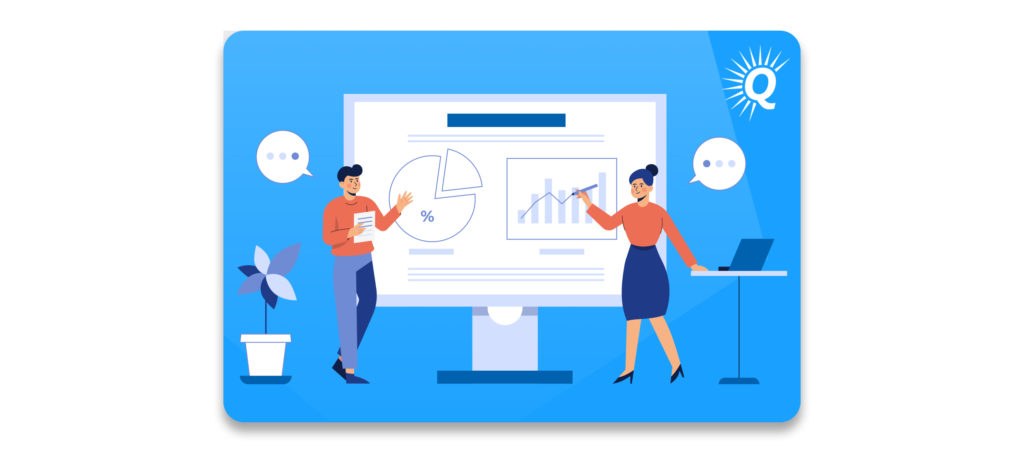

For larger businesses in which the owner’s personal expenses don’t appear on the balance sheets, using EBITDA is usually most appropriate. Typically, any SaaS business around >15M< falls in this category.
On the other hand, it’s typical for owners of smaller businesses to expense some of their own personal spending on the business. For example, many entrepreneurs claim travel expenses, a home office, and other “non-essential” purchases as business expenses.
Calculating Addbacks When Selling Your SaaS Business
In these situations, it’s necessary to add these expenses back to the business’s profit and loss statements (P&L’s) to create a more accurate picture of how much money the business is actually earning. This list of discretionary expenses is an Addback Schedule, since it is being added back to the business’s total profitability.
For company-SaaS businesses, revenue is a much more accurate number to use in the valuation process. This is due to the dramatically increased expenses and proven viability associated with a larger SaaS company.
Smaller SaaS businesses have yet to prove their scalability, and thus, are usually riskier for investors. Additionally, many lite-SaaS businesses are primarily focused on honing in on their core offer and implementing the necessary changes to reduce their churn rate, improve their customer acquisition efforts, and validate their overall business model.
Hiring Staff
Once a company has established its position in the marketplace and has refined how it operates, it typically focuses on high-growth investments including hiring more staff and expanded marketing budgets.
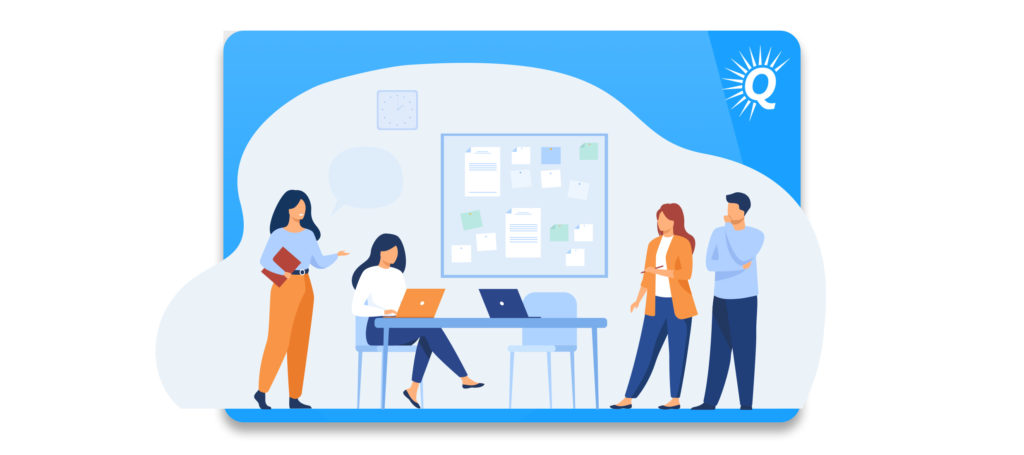

Growing a team and increasing customer acquisition activities are costly investments and generally reduce the company’s margins significantly. However, this doesn’t mean that the business is less valuable. On the contrary, since these activities can dramatically increase long-term earnings and profitability, a company that has reached this stage is often much more valuable. This is true even though the long-term earnings have yet to materialize.
For this reason, revenue is a much clearer indicator of the company’s future earning potential, and therefore, its value.
To qualify as company-SaaS (compared to lite-SaaS), a business must pass most or all of the following four tests:
- The Size Test
- The Growth Test
- The Product-Market-Fit Test
- The Key-Man Test
Size Test
SaaS businesses that have annualized recurring revenue (ARR) of $1M or more may qualify to have their value based on a revenue multiple. With revenue beyond this point, it’s easier for investors to have confidence that the business’s offerings are in demand.
Growth Test
The next area to look at is year-over-year (YoY) revenue growth. If the business’s YoY revenue growth exceeds 40%, then the second test is adequately satisfied.
Obviously, growth shows that the business will likely continue increasing in value over time—a crucial factor in determining its desirability for investors.
Product-Market Fit Test
The product-market-fit test refers to having a monthly churn rate below 4%. If a business is losing customers at a rate higher than 4% per month, then it indicates that there may be some core elements of the business’s offer that still require refinement.
A high churn rate can also counter growth activities and reduce the Customer Lifetime Value (CLV)—both of which can be concerning for investors.
Key-Man Test
The Key-Man test refers to having crucial roles within the business filled by dedicated teams and employees. Typically, to “pass” this test a company must have a dedicated development team as well as customer success personnel.
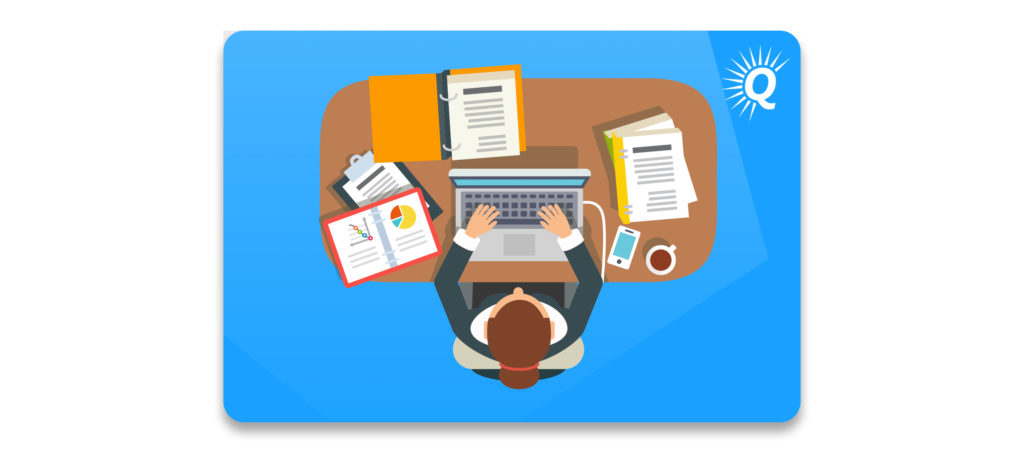

Although each of these four areas are important, these are not hard and fast rules. If your business is slightly below the 1M mark but has exceptional growth, it may be appropriate to value your business based on a revenue multiple. It’s always best to speak with a qualified advisor to understand where your business falls within the valuation framework.
Once you’ve determined what number the multiple applies to (EBITDA, SDE, or revenue), it’s time to figure out the correct multiple.
Calculating the Multiple When Selling Your SaaS Business
While there are numerous variables that all contribute to determining the multiple, they all generally fall into one of four categories that buyers look at:
- Growth.
- Risk.
- Transferability.
- Documentation.
Buy a Profitable Online Business
Outsmart the startup game and check out our listings. You can request a summary on any business without any further obligation.
We refer to these four areas as the Four Pillars of Value and they are foundational in determining its worth.
The Importance of Growth When Selling Your SaaS Business
Growth obviously refers to the rate at which the SaaS business is growing. Since conducting a valuation is all about predicting where the business will end up in the future, the growth rate is a critical part of that process.
Risks
In addition to a SaaS business’s potential, potential buyers will also want to understand the risks associated with it. Market trends, competitive positioning, acquisition channel mix, and the business’s age are a few common factors that contribute to a company’s risk profile. Younger businesses are often considered to be riskier, while those with a few more years under their belt are more stable.
Transferability
Buyers also will want to know how easily the business can transfer to a new owner. If the founders are handling every responsibility and are the only ones who understand how it operates, potential buyers may be skeptical about its transferability. On the other hand, if you outsource all development responsibilities, then it will be pretty straightforward for a new owner to step in and take over.
Selling Your SaaS Business is Easier When Your Documentation is Sound
Sound documentation is another core element that sellers must provide in order to sell at a high multiple. Being able to show a detailed story of the past performance of the business is critical to instilling confidence in the future possibilities it faces. Additionally, having clear Standard Operating Procedures (SOPs) makes it much easier for new owners to run the business.
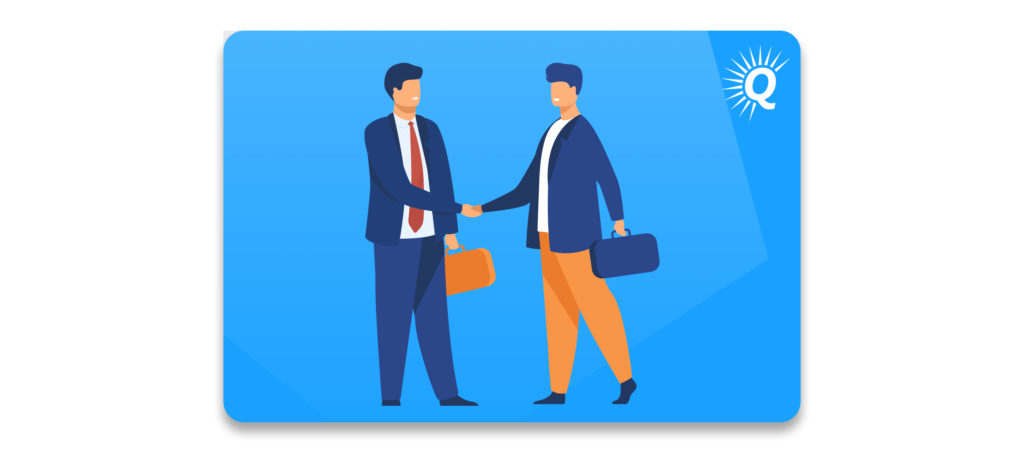

It’s important to note that the valuation process is an art and not a pure science. Each business is unique, so it’s always best to speak with an experienced advisor in order to understand how these principles apply to your own business.
Increasing Value Before Selling Your SaaS Business
One of the reasons that many entrepreneurs choose to get a valuation several months or even years before selling is due to the opportunities for a higher valuation that it can provide.
Getting a valuation long before your ready to sell can help you to identify and address weakness, as well as maximize your business’s strengths. This typically results in a higher valuation multiple.
To increase your business value prior to sale it’s important to look for ways to increase its appeal in one or more of the Four Pillars. A few great approaches include:
- Reducing churn.
- Increasing acquisition channel mix.
- Collecting feedback from customers to inform your strategy.
- Outsourcing development.
- Getting your financials in order.
- Securing your intellectual property.
- Establishing a road map for the future.
Reducing Churn
Reducing churn is a great way to reduce risk and increase growth within your SaaS business. A low churn rate also reflects that your business has worked out many of the kinks that early stage ventures encounter.
There are several ways to reduce churn and one is to eliminate the self-service cancellation option for your customers.
Many entrepreneurs squirm at the idea of making it more difficult for their customers to cancel. However, in the long run, many customers may actually appreciate this option. If you require your customers to give you a call or send an email to cancel, you have the opportunity to ask questions and learn exactly why they want to leave.
Gathering Customer Feedback
The feedback you receive through this process can be invaluable when it comes to improving your product to ensure that fewer customers want to cancel in the future.
On the marketing front, no one likes a single point of failure when it comes to customer acquisition. If you’re relying on one or two sources of traffic for customer acquisition, your business has significant risk. If something happens and those channels disappear, your business could be in serious trouble.
By expanding to new channels you’re able to both reduce risk and improve your prospects for growth. Buyers will look very favorably at a business that is utilizing a variety of acquisition channels in its marketing efforts. Affiliate partnerships, integration marketing, and PPC are a few common ways to expand to additional channels.
Just as it’s important to understand why customers are canceling, it’s also valuable to learn more about what your customers like and dislike about your product. Perhaps, there are some simple features you could sell in addition to what you’re already offering to increase revenue. Or, maybe there’s an aspect of the user interface that is confusing customers and causing unnecessary support inquiries. The more you can improve, the greater the value will be of your business.
Outsourcing Development
Development bottlenecks can be a significant source of headache for many owners. Not only can in-house development activities cause confusion for owners, but it can also make it more difficult for a buyer to competently step in and run your business. By outsourcing some or all of your development activities, your business will be considered more transferable when it’s time to sell.
Getting Your Financials in Order Before Selling Your SaaS Business
Having sound financial documentation is essential. By outsourcing some or all of your development activities, your business is more transferable when it’s time to sell. Without this step, it will be more challenging to receive an offer that reflects the true value of your business.
Securing Your Intellectual Property
Additionally, most buyers will want to verify that you are the rightful owner of any intellectual property you claim. Therefore, if there are any patents or trademarks you haven’t gotten around to registering, it’s a good idea to take care of that before listing your business for sale.
Creating a Roadmap for the Next Owner
Lastly, since you’re probably the person who has the greatest understanding of your business and the opportunity it faces, it can be very helpful to create a roadmap for the next twelve or twenty-four months.
What untapped potential exists within your business? What market trends should a new owner pay attention to? Do you have a development idea that could help the business access a new market segment or increase the revenue per user? If you can clearly communicate whatever insight you have about the business’s future possibilities, that can further contribute to a high valuation multiple.
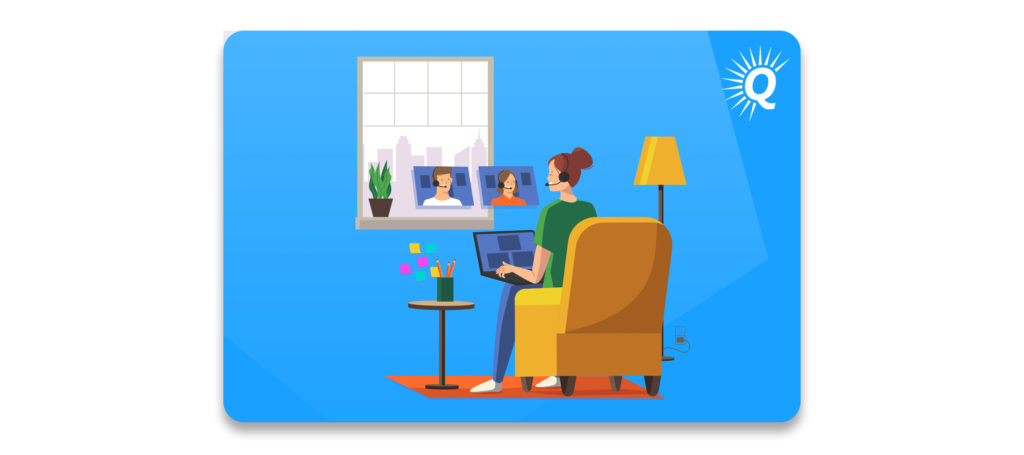

It’s important to note that making changes, it’s best to wait at least six to twelve months before listing it for sale. If you do so and everything goes well, it shows that the changes you made were effective, which obviously instills confidence and trust in potential buyers.
Finding a Buyer for Your SaaS Business
Finding the right buyer is an essential part of selling your SaaS business.
If you’ve built a successful company, there will surely be people out there interested in purchasing it.
If you work with an advisor who has access to thousands of potential buyers, you’ll have a significant advantage when it comes to attracting the right buyer for your business. This translates into receiving more offers, a quicker closing timeline, and a higher purchase price.
The bottom line is that if your business is valuable, you present it well, and you list it for a fair price, the chances are very good that the right buyer will come to you.
Although an advisor can provide personalized information about what kind of buyer is best for your business, it’s wise to start with an overall framework of the buyer landscape. For SaaS businesses valued between $100,000 and $15M, there are generally five different types of investors active in the market:
- Individuals
- Private portfolios
- Microfunds and Syndicates
- Private Equity
- Strategics
Selling Your SaaS Business to an Individual
There are many self-financed individuals out there seeking to acquire SaaS businesses. Generally, they’re most interested in businesses that can generate a high ROI and use an earnings-based multiple.
While there can certainly be a variable value range within which individuals are looking to buy at, most individual buyers are in the market for businesses valued below $1M.
Different individual buyers require different levels of post-sale support and training based on their level of industry experience. Because they’re acting alone and don’t have a cumbersome team slowing down the process, most of these deals close relatively quickly.
Selling Your SaaS Business to a Private Portfolio
Private portfolios are individuals who are seeking to build a portfolio of SaaS and app businesses. Like the previous kind of buyer, they typically look for ROI and earnings.
Portfolio owners usually have their own internal SaaS infrastructure and require minimal post-sale support. They’re typically highly experienced and seeking businesses that they can apply their own growth hacking strategies to. Deals with private portfolios typically happen below the $2.5M mark and close quickly.
Selling Your SaaS Business to a Microfund or Syndicate
Microfunds and syndicates are groups of SaaS entrepreneurs who have pooled together their resources to leverage funding and operational capabilities. They often purchase businesses valued between $1M – $5M (or beyond) and have many of the same qualities of private portfolios—they have teams, require minimal post-sale support, and close quickly.
Selling Your SaaS Business to a Private Equity Firm
Private equity buyers are institutionally financed investors seeking businesses with a high ROI and usually a revenue based multiple. Typically, they seek businesses valued above $5M with an ARR of at least $1-2M, although that requirement can be higher.
Often, they’ll invest 60-80% of the purchase price up front for the SaaS company sale and want the owner to stay on for 18-24 months to help the business achieve established goals.
Selling Your SaaS Business to a Strategic Buyer
Strategic buyers are those seeking to acquire a SaaS business based on its ability to help further the buyers overall business strategy. They are typically most concerned with top-line revenue and often have ARR requirements of at least $1-2M.
There are many different arrangements that strategic buyers look for. Some want the seller to stay on and run the business for a period of time. Others may not. Each strategic buyer (and all buyers) must be evaluated and understood on an individual basis.
The following diagram provides a visual representation of where each type of buyer falls along the deal value spectrum.
Clearly, each type of buyer has its own set of interests and will provide a different experience for you as the seller. Therefore, you must look at each strategic buyer (and all buyers) on an individual basis.
Do you want to have a clean break from your business? Do you want to continue building it under someone else’s ownership? The answer to these questions will help inform what type of buyer will be the best fit for you and your goals.
Thinking of Selling Your Business?
Get a free, individually-tailored valuation and business-readiness assessment. Sell when you're ready. Not a minute before.





